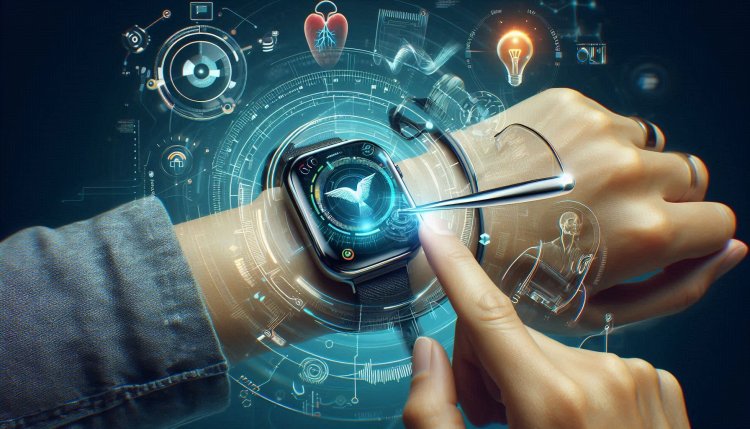Edge AI for Wearable Devices
Discover how Edge AI is revolutionizing wearable devices by enabling real-time data processing and analysis for enhanced performance and user experience.

Edge AI for Wearable Devices
Edge AI, or edge computing, is a technology that brings AI algorithms and data processing closer to the source of data generation. In the context of wearable devices, edge AI allows for real-time data processing and analysis directly on the device itself, without the need for constant internet connectivity or reliance on cloud servers. This approach offers several benefits for wearable devices, including improved performance, reduced latency, enhanced privacy, and lower data transmission costs.
Advantages of Edge AI for Wearable Devices:
1. Real-time Data Processing:
Edge AI enables wearable devices to process data in real-time, allowing for immediate feedback and responses. This is particularly useful in applications such as health monitoring, where timely alerts and notifications can be critical.
2. Improved Performance:
By processing data locally on the device, edge AI can improve the performance of wearable devices. This is especially important for devices with limited processing power or battery life, as it reduces the need to constantly transfer data to external servers for analysis.
3. Reduced Latency:
Edge AI minimizes latency by eliminating the need to send data to distant servers for processing. This can be crucial in scenarios where real-time decisions need to be made, such as in fitness tracking or emergency response applications.
4. Enhanced Privacy and Security:
With edge AI, sensitive data can be processed and analyzed directly on the device, without the need to transmit it over the internet to cloud servers. This helps protect user privacy and reduces the risk of data breaches or unauthorized access.
5. Lower Data Transmission Costs:
By processing and filtering data locally on the device, edge AI reduces the amount of data that needs to be transmitted to external servers. This can lead to lower data transmission costs, especially in scenarios where connectivity may be limited or expensive.
Applications of Edge AI in Wearable Devices:
1. Health and Fitness Monitoring:
Edge AI can be used in wearable devices to monitor various health metrics, such as heart rate, activity levels, and sleep patterns. Real-time analysis of this data can provide users with personalized insights and recommendations for improving their health and fitness.
2. Gesture Recognition:
Wearable devices equipped with edge AI can recognize and interpret gestures, allowing users to control the device through hand movements or gestures. This can be useful in hands-free interfaces or for controlling devices in situations where touch input may not be practical.
3. Voice Recognition:
Edge AI can enable voice recognition capabilities in wearable devices, allowing users to interact with the device through voice commands. This can be useful for tasks such as setting reminders, sending messages, or making calls without the need for a physical interface.
4. Fall Detection and Emergency Response:
Wearable devices with edge AI can detect falls or sudden changes in movement patterns and automatically trigger emergency alerts or notifications. This can be especially useful for elderly users or individuals at risk of accidents or health emergencies.
5. Context Awareness:
Edge AI can help wearable devices understand the context in which they are being used, such as the user's location, activity, or surroundings. This information can be used to provide personalized recommendations, notifications, or assistance based on the user's current situation.
Challenges and Considerations:
While edge AI offers many advantages for wearable devices, there are also challenges and considerations that need to be addressed:
1. Power Consumption:
Edge AI algorithms can be computationally intensive, which can impact the battery life of wearable devices. Optimizing algorithms for low power consumption is crucial to ensure that the device can operate for an extended period without frequent recharging.
2. Data Privacy and Security:
Processing sensitive data on the device raises concerns about data privacy and security. It is important to implement robust encryption and authentication mechanisms to protect user data from unauthorized access or breaches.
What's Your Reaction?

















